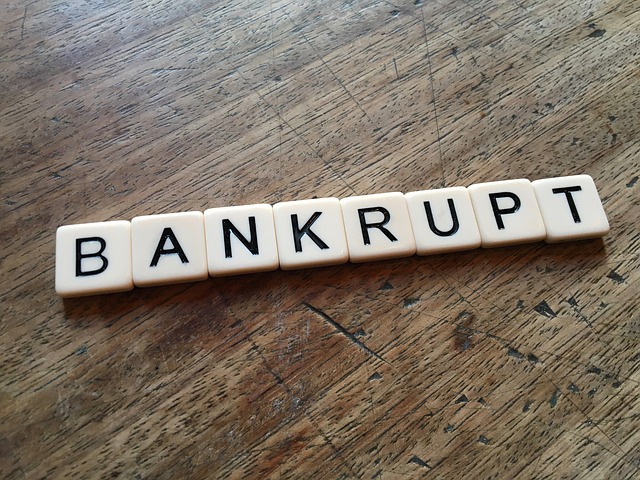
General principles of asset distribution in insolvency (UK)
By definition, an insolvent company does not have sufficient assets to pay in full all the liabilities that it owes to its creditors. Accordingly, one of the primary functions of both administration and liquidation of a company is to realise the assets of the insolvent company and to distribute those case realisations made from those assets among the insolvent company’s creditors.
The Insolvency Act 1986 and Insolvency Rules 1986 dictate how an Insolvency Practitioner must act and apply asset realisations to creditors.
What does it mean to be a creditor of a Limited Company?
Essentially, a creditor is either an entity or an individual, who on the date that the company either enters into administration or liquidation, is either owed money or is under some agreement whereby it is agreed that the insolvent company has agreed to pay money to the company in the future.
What assets are available to meet creditor claims?
The Creditor will receive payment from the Insolvency Practitioner from the proceeds of the realization of the assets of the insolvent company. The assets of the estate comprise all the property (both tangible and intangible), in which the insolvent company has a beneficial interest in at the date of insolvency or obtains a beneficial interest during the course of insolvency. By way of example, a company’s insolvent estate could include:
• Cash assets;
• Land, buildings and other tangible assets, which includes plant and machinery, including but not limited leasehold interests in those assets;
• Choses in action (book debts):
• Intellectual Property;
• Pre-emption rights.
Preferential creditors
Certain claims of some unsecured creditors’ debts are given “preferential” status in a distribution of the realisations of a company’s assets and therefore you should always check where you are in the ranking. If you have no prior agreement, or security with the insolvent company, then you will be an unsecured creditor.
An unsecured creditor is one who has no security over any of the insolvent company’s assets in respect of the debt due to it. The balance of a debt due to an secured creditor, after it has received the proceeds of the realisation of secured assets, is an unsecured creditor claim, but is treated differently from wholly unsecured creditor claims in the distribution of the company’s assets. In order to participate in the insolvency process, an unsecured creditor must have a provable debt.
Priority of asset distribution in insolvency
The money realised from the assets of an insolvent company is applied to meet the claims of creditors in a specified order of priority. Generally, when one class of creditor claim has been repaid in full, the remaining realisations are applied to satisfy the claims of creditors in the next class.
Principles of distribution
Ordinarily, money is distributed in proportion to the debts due to each creditor within a class (a pari passu distribution). The order in which a distribution will be made is as follows:
1. First ranking claims: holders of fixed charges and creditors with a proprietary interest in assets.
2. Second ranking claims: expenses of the insolvent estate.
3. Third ranking claims: preferential creditors.
4. Fourth ranking claims: holders of floating charges.
5. Fifth ranking claims: unsecured creditors.
6. Sixth ranking claims: shareholders.
As you can see, Insolvency law in the UK is not straightforward and there are legal and technical issues to consider.
– – – –
The law office Graf & Partners was established in 2003 and has many years of experience with British-German and US-German legal matters. If you wish us to advise or represent you please contact German solicitor Bernhard Schmeilzl, LL.M. (Leicester) at +49 941 463 7070.

[…] distress. The procedure to wind down a bankrupt German company are entirely different. See here for more details on German company insolvency […]